 According to the Associated Press, the Chasam Sofer Memorial (an underground burial shrine at the site of the Kever), was vandalized by three teenagers. A police spokesperson told the AP that three teens threw stones and broke the glass covering early Sunday morning. They were detained and then later released by police. If convicted, they could be sentenced to up to two years in jail.
According to the Associated Press, the Chasam Sofer Memorial (an underground burial shrine at the site of the Kever), was vandalized by three teenagers. A police spokesperson told the AP that three teens threw stones and broke the glass covering early Sunday morning. They were detained and then later released by police. If convicted, they could be sentenced to up to two years in jail.
Thousands of people from around the world come to pray at the Kever of the Chasam Sofer ZATZAL, buried in the center of Bratislava, on the bank of the Danube river. The dignified, newly – renovated mausoleum is protected from the weather, and offers glass-enclosed, separate access for kohanim.
A modern Jewish memorial, containing the Chasam Sofer’s Kever, and those of many of his associates and family is situated underground below Bratislava Castle at the left bank of the Danube. The nearby train station is named after him.
The preservation of these graves has a curious history. The Jewish cemetery in Bratislava was confiscated during the regime of Josef Tiso in 1943 to build a roadway. Negotiations with the regime enabled the community to preserve the section of the cemetery including the Chasam Sofer’s grave, enclosed in concrete, below the surface of the new road. The regime complied either (according to one story) as a consequence of a large bribe, foreign pressure (according to another) or (according to yet another) for fear of a curse if the graves were destroyed.
After the independence of Slovakia in 1992, new negotiations were undertaken to restore public access to the preserved graves. In the mid-1990s the International Committee for Preservation of Gravesites of Geonai Pressburg was formed to support and oversee relocation of tram tracks and building of a mausoleum. In 1999 a Memorandum of Understanding was signed between the then mayor of Bratislava Jozef Moravcik, Chairman of the Committee Romi Cohn and Chairman of the Bratislava Jewish Religious Community Peter Salner. Construction of the mausoleum was completed after overcoming numerous technical and religious issues and opened on July 8, 2002.
(Dov Gordon – YWN)

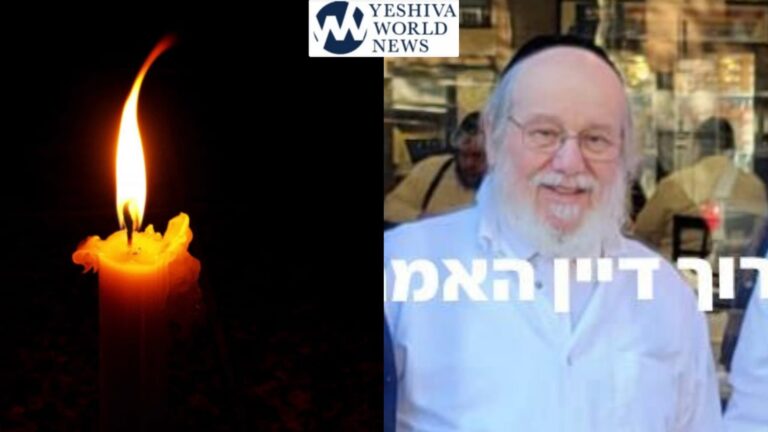
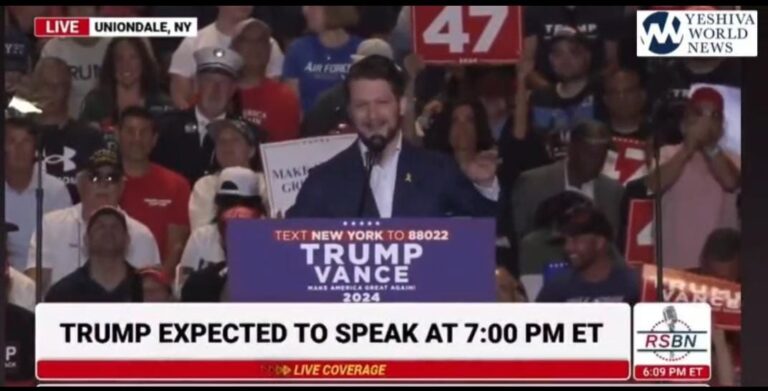
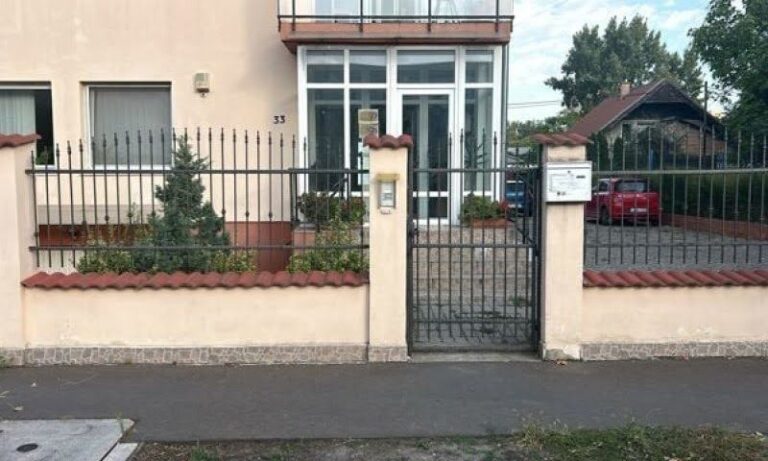
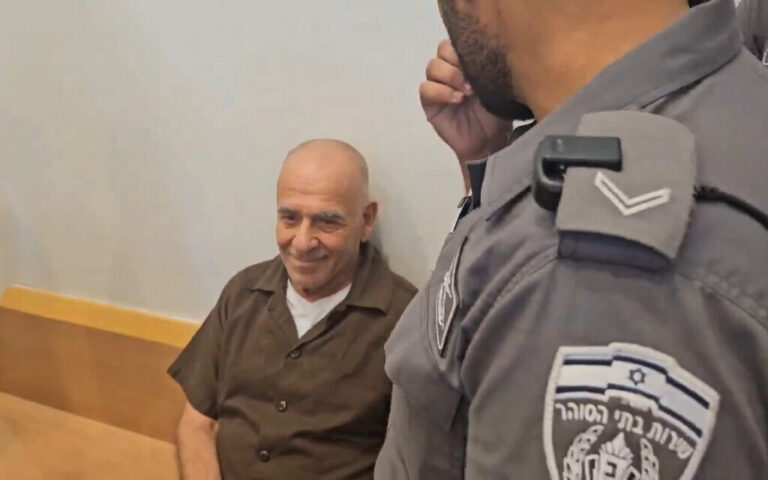

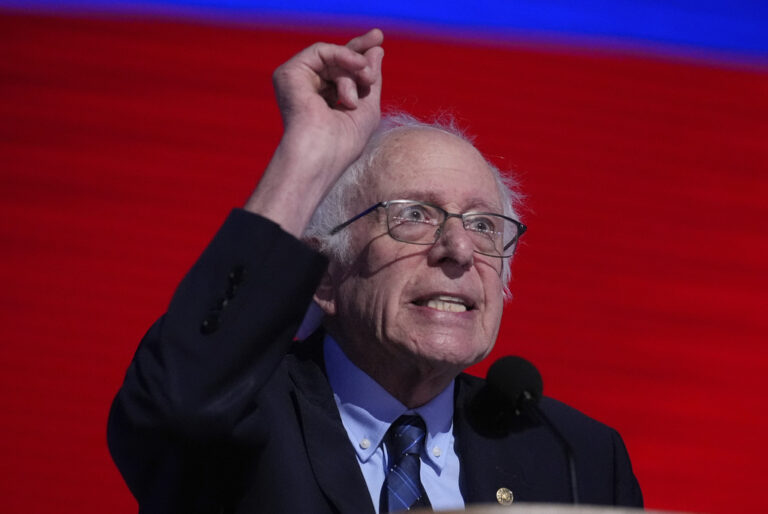

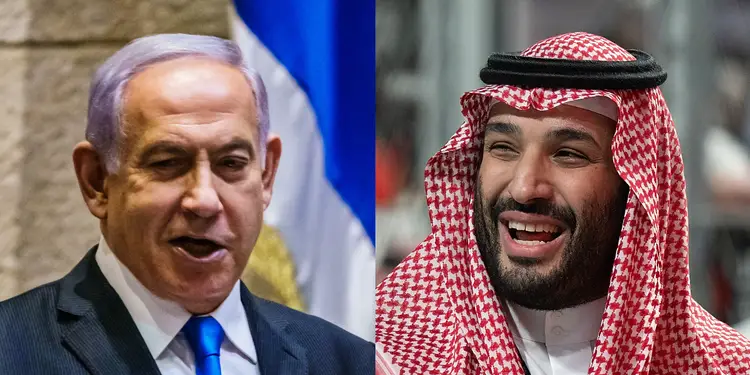

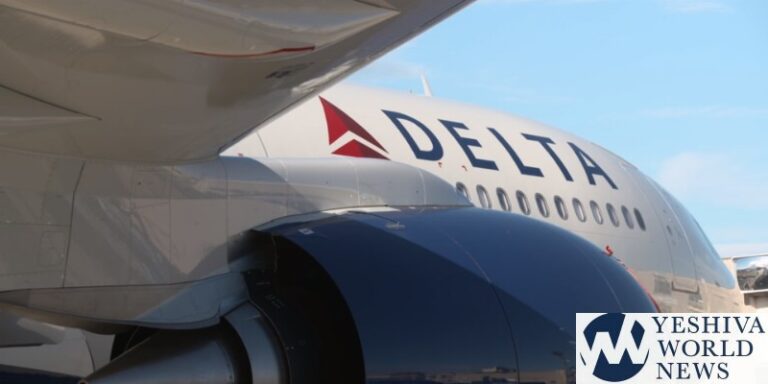
3 Responses
My G-D, I was going to visit there on Wednesday, on the way to Keresztur for the Yartzeit of R’ Shayele Kerestirer. Does anyone know if it is still open?
Using the term “mausoleum” to describe the structure built over the Chasam Sofer’s UNDERGROUND kever is misleading. The term “mausoleum” means above-ground interment, which is prohibited by the Shulchon Oruch. (A cave is by definition a below-ground or in-the-ground burial, as was the case with the Me’oras Hamachpelo and Sanhedria graves.) Rav Moshe Feinstein Zt”l wrote two teshuvos in Igros Moshe in which he ruled that anyone interred in a mausoleum is considered not to have been buried at all. He ruled that even to bury someone underground in a cemetery which also includes a mausoleum is a bizoyon hames, because the presence of the mausoleum which flouts the rules of burial constitutes a bizoyon hames for all those buried in that cemetery. It is important that people understand that mausoleum “burial” is not kosher, since mausoleum builders are misleading the public by advertising such interment as traditional Jewish means of burial.
Does anyone know if the site is still accesible?
Any pictures?